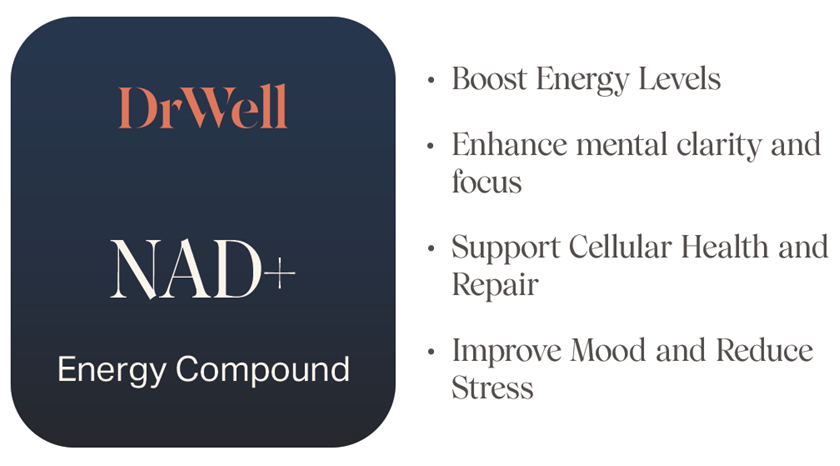In a chat thread with colleagues on our mutual trade organizations’ message board, there was a question about providing Good Faith Estimates (GFE) for aesthetic procedures under the No Surprises Act. I stated that I didn’t think GFEs were required for aesthetic procedures but a representative from the American Society of Plastic Surgeons (ASPS) commented that aesthetic procedures are potentially subject to the requirements of the Good Faith Estimate as specified in the No Surprises Act. Why the difference of opinion regarding this legislation?
The No Surprises Act
First, some background. In the latter part of 2020, Congress passed the No Surprises Act as part of a larger COVID relief package. And it went into effect on January 1st, 2022. The No Surprises Act, as the name implies, had one overarching goal – to reduce the occurrence of surprise bills after a procedure. Surprises bills come in different forms.
There are the surprise bills that some might receive after receiving out-of-network care in an in-network facility during an emergency. For example, you’re taken to the hospital in an ambulance after a bicycle accident. You get X-rays that show you have a broken arm. The ER doctor places you in a splint and you go home to follow up with an orthopedic surgeon. Weeks to months later, you receive bills for the hospital, ER physician, X-ray, radiologist’s reading of the X-ray and the ambulance ride. Your insurance covers the bills from the hospital, ER physician and the X-ray because they are in your network of coverage.
However, the bill from the radiologist and the ambulance service seem surprisingly high, and not covered by your insurance. That’s because both the radiologist and the ambulance service were outside your network of coverage and you don’t have out-of-network benefits on your insurance plan. And because these are both out of network, surprise!, you have to pay the full cost out of pocket.
Out of Network Surprise Bills in Emergency and Non-Emergency Situations
The No Surprises Act has outlawed surprise bills in this case where you receive out-of-network (OON) care in an emergency situation. As the consumer, you still have to pay your deductible, out of pocket maximum and co-insurance but now the OON bill will be switched from the higher OON rate to the presumably lower median in-network rate. So rather than the insurance company being required to pay the higher OON rate, the doctor or provider who sent the bill will now get the lower in-network rate. That decision to switch to the lower rate is the subject of several lawsuits at this time.
As an aside, the ambulance ride taken in the scenario above, which was also considered OON, will still have to be paid at the OON rate. Ground ambulance services were excluded from the No Surprises Act ostensibly because of the complexity of bureaucracy surrounding ambulances that are sometimes owned by a city or county. In other words, the government passed a bill that excluded a government entity from its own regulations. Air ambulances which are typically private were included in the No Surprises Act.
The other type of OON bill that was outlawed in the Act relates to receiving non-emergent care from an out-of-network provider at an in-network facility. An example of this is a woman giving birth at an in-network hospital, having her baby delivered by an in-network ObGyn but receiving her epidural from an OON anesthesiologist. The anesthesiologist’s bill will now be paid at the lower in-network rate due to the recent enactment of the No Surprises Act.
Good Faith Estimate
The other category of the No Surprises Act, and the one that relates to the difference of opinion on our trade organization’s message board was the Good Faith Estimate (GFE) requirement of the No Surprises Act. This is separate from the OON billing protections discussed above. The GFE relates to providing an estimate to patients that are either uninsured (self-pay) or not utilizing their insurance.
Before we go on, a quick answer to the question of why someone would not use their insurance. Sometimes the cash, out-of-pocket cost for a service is less than the rate that your insurance company negotiated on your behalf. It’s why an MRI at an outpatient facility may cost $350 if you pay cash vs thousands of dollars if you used your insurance. You might think it doesn’t matter if it’s more, my insurance will pay for it, but typically you’re still on the hook because you haven’t met your deductible yet.
Requirements of the Good Faith Estimate
If a patient is uninsured (self-pay) or doesn’t want to use their insurance, by law, the provider must provide an estimate that has various elements included in it. Aside from basic demographic information and the costs of the planned services to be rendered, the estimate is required to have ICD-10 codes, CPT codes, NPI and EIN numbers and verbiage that explains the dispute resolution process if your actual costs vary from the estimated costs by greater than $400. You can see an example of a Good Faith Estimate here, as designed by the Centers for Medicare and Medicaid Services (CMS). The template itself isn’t required but all of the verbiage and other elements are.
What was the intention of the new regulations?
Of course, there’s nothing wrong with providing consumers with full price transparency prior to a procedure, medically necessary or cosmetic. I have a price estimator on my website for this purpose. But did the government intend to apply all of these other regulations to aesthetic services?
According to the ASPS, the answer is potentially yes because of a gray area in the regulations. I believe their opinion arises from this official CMS document that a Good Faith Estimate is required for all uninsured (or self-pay) individuals. That phrase, “uninsured (or self-pay)” is used 103 times in the document. But the term cosmetic or aesthetic is never used. A liberal reading of the regulation would suggest “self pay” not only refers to the uninsured or those forgoing insurance, but also patients that pay out of pocket for services not covered by insurance, as in the case of cosmetic procedures.
Within the jargon of medical billing, self-pay has always referred to uninsured patients or those not using insurance. It does not refer to patients paying for cosmetic services. My concern is that we may be unintentionally burdening ourselves with more requirements and paperwork when the government didn’t intend for these regulations to apply to aesthetic services in the first place.
Another reason I don’t believe the government intended to extend the Good Faith Estimate requirements to aesthetic services is because of the aforementioned requirements for diagnosis codes and CPT codes. Does Ultherapy have a CPT code? A BBL (the broad band light kind or the Brazilian Butt Lift kind)? Kybella?
As the ASPS and other providers grapple with the confusion or gray areas in the bill, the next natural step is to seek clarification. But do we seek guidance from CMS and ask whether they meant for this to apply to aesthetic services? If we do that, they may say, “why not, let’s apply it to aesthetic services as well,” not realizing the folly of their decision.
The better tactic is 1) to take the position now that these rules do not apply to cosmetic services, 2) to not issue directives to aesthetic practices that could disrupt their workflow and, in the meantime, 3) issue a statement to CMS, rather than a question, explaining why there’s no need to extend these rules to the aesthetic realm. I’ll end as I started. The overarching goal of the No Surprises Act is to avoid surprise bills after the fact. As any aesthetic provider knows, we provide a quote before the procedure. No surprise bills here.
Dr. Jonathan Kaplan is a board-certified plastic surgeon based in San Francisco, CA and founder/CEO of BuildMyHealth, a price transparency-lead generation platform. He’s also the author of a forthcoming book on the resurgence of the independent practice and price transparency in healthcare. You can watch him operate and educate @realdrbae on Instagram, Snapchat and TikTok.




